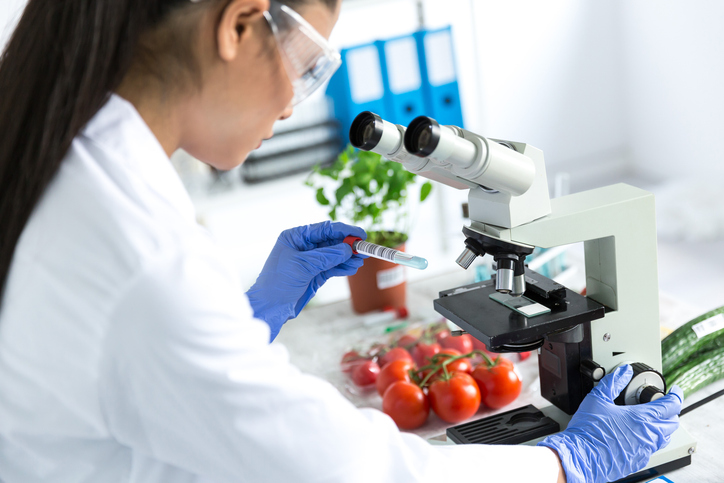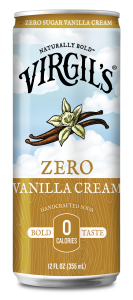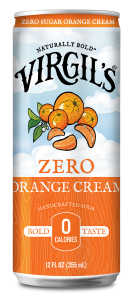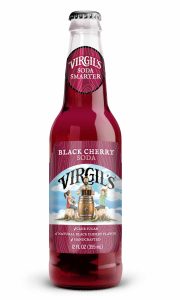In recent years, there has been a significant shift in consumer awareness and concern regarding the chemicals used in consumer packaged goods (CPGs). This scrutiny is not just a passing trend but a growing movement driven by several factors, including increased scientific research, regulatory changes, and a heightened focus on health and environmental sustainability. As consumers become more informed and demanding about what goes into their products, companies are under pressure to respond with greater transparency and safer alternatives. Let’s dive into the key aspects of this evolving landscape.
1. The Rise of Health and Environmental Awareness
Consumers today are more informed about the potential health risks and environmental impacts associated with various chemicals found in everyday products. This awareness has been fueled by:
- **Scientific Research**: Studies linking certain chemicals to health issues such as cancer, hormone disruption, and allergies have raised red flags. For example, the concerns over phthalates in plastics, parabens in cosmetics, and bisphenol A (BPA) in food containers have prompted many to rethink their purchasing decisions.
**Media Coverage**: High-profile media reports and documentaries have brought these issues into the public eye, making the information more accessible and understandable for the average consumer.
**Social Media and Influencers**: Platforms like Instagram, Twitter, and YouTube allow health and eco-conscious influencers to share information and advocate for cleaner products, further spreading awareness.
2. Regulatory Changes and Industry Responses
Governments and regulatory bodies around the world are responding to these concerns by implementing stricter regulations and guidelines for chemicals in consumer products. Some key developments include:
- **The European Union’s REACH Regulation**: This comprehensive regulatory framework requires companies to identify and manage the risks associated with chemicals they manufacture and market in the EU. It has set a precedent for chemical safety and inspired similar regulations in other regions.
**The U.S. Toxic Substances Control Act (TSCA)**: Amended in 2016, the TSCA now provides the Environmental Protection Agency (EPA) with more authority to evaluate and regulate chemicals in the marketplace.
**California’s Proposition 65**: This state law requires businesses to provide warnings about significant exposures to chemicals that cause cancer, birth defects, or other reproductive harm.
In response to these regulatory pressures and consumer demand, many companies are reformulating products to exclude harmful chemicals, adopting more transparent labeling practices, and seeking third-party certifications to validate their claims.
3. The Shift Towards Transparency and Clean Labeling
Transparency has become a key differentiator for brands in the CPG industry. Consumers are looking for products with clear, honest labeling that allows them to make informed choices. Key trends in this area include:
- **Ingredient Disclosure**: Brands are now more frequently listing all ingredients on their packaging, including those in fragrances and preservatives, which were often previously hidden under vague terms like “fragrance” or “preservative blend.”
**Third-Party Certifications**: Certifications such as USDA Organic, Non-GMO Project Verified, and EWG Verified provide consumers with assurance that the products meet specific health and environmental standards.
**Digital Transparency**: Some companies are using QR codes and apps to offer consumers detailed information about the sourcing, production, and safety of their products.
4. The Push for Sustainable and Non-Toxic Alternatives
The demand for safer, non-toxic products is also driving innovation in the CPG industry. Companies are investing in research and development to find sustainable and safer alternatives to traditional chemicals. Examples include:
- **Biodegradable Plastics**: Companies are developing plastics made from renewable resources like corn starch, which break down more easily in the environment.
**Natural Preservatives**: Instead of synthetic preservatives, brands are turning to natural options like rosemary extract and vitamin E to extend shelf life.
**Green Chemistry**: This approach involves designing products and processes that reduce or eliminate the use and generation of hazardous substances.
The growing scrutiny of chemicals in consumer packaged goods represents a significant shift towards healthier and more sustainable living. As consumers become more educated about the potential risks associated with certain chemicals, their demand for transparency and safer alternatives continues to shape the industry. Companies that embrace this movement by reformulating products, adopting clean labeling practices, and investing in sustainable innovation are likely to thrive in this new landscape.
In this era of increased scrutiny, it is crucial for both consumers and companies to stay informed and proactive. By doing so, we can collectively move towards a safer, healthier, and more sustainable future.













